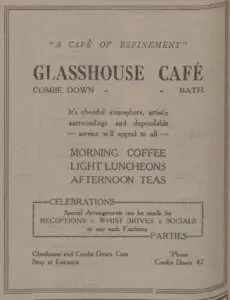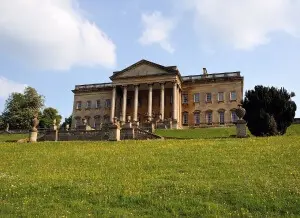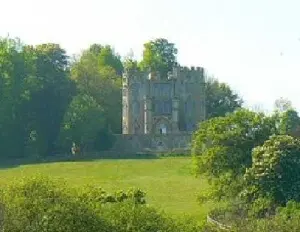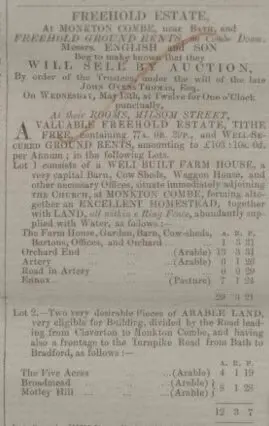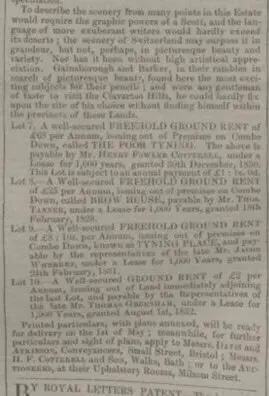A while ago I added a page about the pubs, inns, arms and crowns of Combe Down and Monkton Combe.
In our small area there used to be at least fourteen but now there are five.
When I first came to write this blog I thought it might be more about them, but I became side tracked and interested in why so many may have closed and whether things have changed for ever or whether the pendulum might, one day swing back.
When I was very much younger, in the 1970s, I had a flat in Brunswick Square in Brighton.
So did my maternal grandfather whom I did not know well as he and my grandmother had divorced before I was born.
However, he was now retired and frequented the Star of Brunswick pub in Brunswick Street West just behind the square. It has long since converted to a private home.
We spent many convivial evenings in the pub over a pint or two while he smoked his pipe. There I got to know him and there were also many regulars, much banter and laughter.
The pub has long been a social venue, a social centre for a local community, a place to meet friends and a place to foster community spirit – pubs are good for social cohesion.
A report by the Department of Experimental Psychology, University of Oxford for CAMRA called ‘Friends on Tap‘ suggests that local community pubs have unseen social benefits such as a venue in which we can serendipitously meet new, in many cases like-minded, people but also broaden our network of acquaintances and widen our experience by bringing us into contact with people from other walks of life, become more engaged with our local community and that this is likely to have significant health and wellbeing benefits.
Another study by Newcastle Business School, ‘The Importance of Pubs in Shaping Community Cohesion and Social Wellbeing in Rural Areas of England‘, of 2,800 rural parishes across the country over a 10-year period found that those areas which had a pub enjoyed a greater sense of community. There were more likely to be local football or cricket teams, charity fundraising events and branches of the Scouts and Brownies.
It seems that 40% of people in the UK typically socialise with friends in someone’s home and 30% prefer to do so in pubs and feel it important to have a pub nearby, but only 20% say pubs are a regular part of their life. 72% of people go to the pub to eat.
I believe that great British pub is where the personality of the pub is created by the personality of the landlord, but a recent survey showed that it was second most important to the price and quality of the beer which is clearly dichotomous with the number of people who go there to eat.
- Price and quality of the beer 33.6%
- Personality of the landlord 24.6%
- No music or TV screens 20.6%
But, cheaper alcohol from supermarkets, increases in rents and rates, the rise in duty and VAT, the smoking ban and a rise in the health conscious consumer have affected the British pub.
In 2003, the average adult drank 218 pints of beer but by 2011 they consumed just 152 pints with sales in pubs down 54% whereas sales from off licenses were down only 10%.
Around 40% of pubs are owned by ‘pubcos‘ but 60% are independent. The number of pubs in the UK has almost halved since 1905:
- 1905 99,000
- 1935 77,500
- 1951 73,400
- 1971 64,000
- 2006 58,200
- 2016 52,750
However, The Society of Independent Brewers report ‘British Beer‘ says that 532 million pints were brewed by its 835 members in 2015 which is an increase of 15% over 2013 and 176% over 2009. They say that well over 75% of their members’ beer is served in pubs, restaurants and hotels.
A report commissioned by Greene King in 2008, ‘The enduring appeal of the local‘ from The Social Issues Research Centre also provides more hope that the pendulum may swing back.
The pub is considered to be neutral territory compared with entertaining at home which makes some people feel pressured whereas the pub allows them to relax and be a less intense way of meeting people.
A pub is a hub for sociability and the bringing together of people from different walks of life in a way that no other social institution or public space can match.
We go to the pub ‘for a drink’, but ‘having a drink’ is a social act surrounded by tacit rules — a hidden etiquettes that gives us a sense of inclusion and belonging that is independent of our status in the mainstream world.


